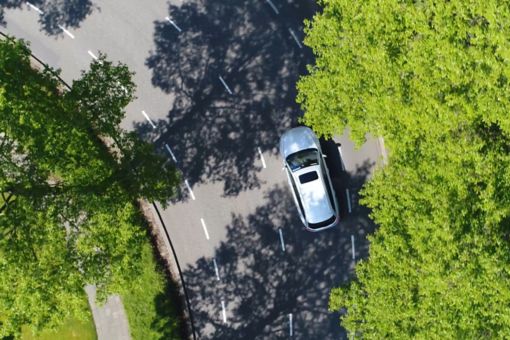Europe has been at the center of the electric mobility revolution and remains the second largest market for electric vehicles (EVs) after China. In fact, EV sales in Europe have increased by 15 percent in 2022 to reach 2.7 million units and this growth will likely accelerate as the years progress and regulatory policies take effect.
National governments in Europe continue to dangle “carrots” in the form of various incentives to carmakers and consumers, and at the same time, wield “sticks” in the form of heavy taxes and fines to accelerate the adoption of EVs in the region. Recent policy developments under the ‘Fit for 55’ package and stricter CO2 emission standards in the European Union will likely push the sales share of EVs to above 25 percent (as percent of new vehicle sales) in 2023.
However, apart from the regulations, the availability and distribution of EV charging infrastructure remains a major driver of EV demand – especially when many national governments are disincentivizing the uptake of petrol and diesel vehicles while rolling back EV subsidies. EV charging infrastructure rollout (for both slow and fast chargers) in Europe is faced with several challenges:
- High costs related to purchasing a new EV and electricity tariffs
- Insufficient charging infrastructure that limits pan-EU travelling
- Inadequate availability of rare materials that limits production of cars and charging infrastructure
- Issues with service integration between cars, charging infrastructure (different apps), household electricity systems, and other mobility solutions
- Issues with large scale implementation of electric commercial vehicles with lack of commercial vehicle specific infrastructure in combination with limitations to electric range for long distance transport
- Electricity grid congestion that not only limits further installation of charging points, but also renewable energy production
For each of the above challenges, we have decided to not only investigate them in more detail but also provide recommendations to overcome the same – considering the various roles and responsibilities to be played by key entities in the EV and EV charging ecosystem.
In this “Charging Ahead” series of thought leadership, we will explore each of these challenges, one by one. As a corporate leader and employee – belonging to an automotive OEM, supplier, government entity, Charge Point Operator (CPO), Charging equipment manufacturer, or energy provider - you are welcome to read, contemplate, build and implement solutions to each of these challenges by drawing out insights from our “Charging ahead” series.
Explore
Connect with us
- Find office locations kpmg.findOfficeLocations
- kpmg.emailUs
- Social media @ KPMG kpmg.socialMedia




